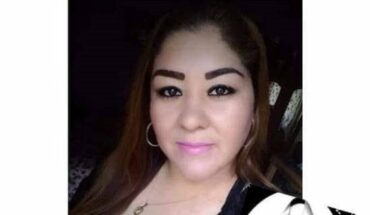Following the recent change, the national Cabinet now has 22.22 per cent representation of women in the leadership of ministries. The proportion was 11% with 2 ministers and 16 ministers, which rose after the landing of three women at the head of the ministries of Social Development (Victoria Tolosa Paz by Juan Zabaleta); Women, Gender and Diversity (Ayelén Mazzina by Elizabeth Gómez Alcorta) and Labor, Employment and Social Security (Raquel “Kelly” Olmos by Claudio Moroni). In this way, the national Cabinet is in its highest proportion since Alberto Fernández took office as president in 2019, when there were 20 ministries, of which 16 were commanded by ministers and 4 by ministers, which gave a representation of 20% of women. It should be clarified that after the merger in August 2022 of the Economy portfolio with those of Productive Development and Agriculture, there were only 18 ministries.How did the participation of women in the Executive Branch in the management of Alberto Fernández evolve?
The number of ministries and those who occupy them depends on each President of the Nation. Alberto Fernández at the beginning of his administration had 20 ministries and this year after the arrival of Massa to the Palace of Finance, which implied a merger of that portfolio with those of Productive Development and Agriculture, the Government went on to have 18 ministries without counting the Chief of Cabinet, an office that, since its creation with the constitutional reform of 1994, it was occupied only by men, there were 16 chiefs of staff, in different periods and for different periods, but never a woman. Upon taking office in 2019, Fernández formed a team of 16 ministers and 4 ministers: Sabina Frederic, in Security; Elizabeth Gómez Alcorta, in Women, Gender and Diversity; María Eugenia Bielsa, in Territorial Development and Habitat; and Marcela Losardo, in Justice and Human Rights. Thus, the cabinet had a 20% participation of women. After the departures of Bielsa (replaced by Jorge Ferraresi), Losardo (by Martín Soria) and Frederic (by Aníbal Fernández), and the promotion to minister of Carla Vizzotti, who was secretary of Access to Health, after the resignation of Ginés González García for the “VIP vaccination center”, left the government of the Frente de Todos with a female participation in the leadership of the ministries similar to that of the last team of Mauricio Macri, who when leaving power in 2019, only had 2 women in ministerial positions. Currently, with the appointments of Tolosa Paz (Social Development), Mazzina (Women) and “Kelly” Olmos (Labor), the representation of women in the national Cabinet is 22.2%.
The highest representation of women in recent history, since 1983, was reached during the second presidency of Cristina Fernández de Kirchner, who ended her term in 2015 with 25% of ministers: Teresa Parodi (Culture), Alicia Kirchner (Social Development), Débora Giorgi (Industry) and María Cecilia Rodríguez (Security). The other 12 ministries of the current Vice-President’s administration were headed by men.
Women in Places of Power: How Women’s Participation in the Cabinet Looked Like After New Appointments
October 11, 2022 |





